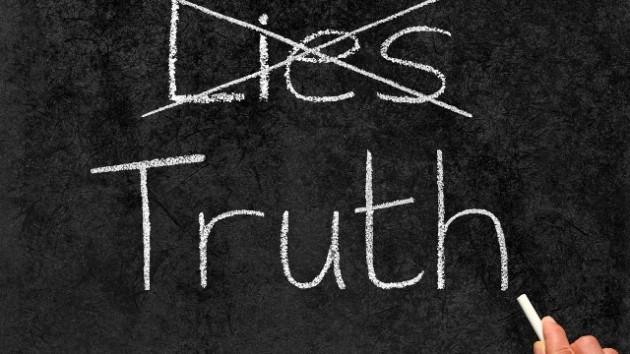Everything You’ve Ever Been Told About How You Learn Is A Lie
 Popular Science has published research which debunks the three myths your teachers told you about how your brain learns. This means teachers and administrators have for a long time been taking education down the wrong path.
Popular Science has published research which debunks the three myths your teachers told you about how your brain learns. This means teachers and administrators have for a long time been taking education down the wrong path.
Shaunacy Ferro writes, “Many of the theories of ‘brain-based‘ education, a method of instruction supposedly based on neuroscience, have been largely debunked by rigorous science. Brain-based education studies are usually poorly designed and badly controlled. Nevertheless, myths about how we learn persist in the popular imagination, and, most importantly, in educational materials and references for teachers.” Ferro describes the three myths:
1. We Learn Best When Teaching Is Tailored To Our Learning Style
Every child is a beautiful, unique snowflake, as the theory goes, and every individual learns in a slightly different way. Some of us learn best by hearing, others by seeing information displayed as pictures, still others by reading words on a page. One study found that there are more than 70 different learning styles, which usually categorize people into dichotomous types, like visual versus verbal or active versus reflective, or, in the case of the Myers-Briggs test, Introversion Intuition Feeling Judging versus Extraversion Sensing Thinking Perceiving. According to what many psychologists label the learning styles hypothesis, instructors should teach in a way that targets our various learning styles, what’s called “meshing.” Sounds fair enough.
Except for years, the evidence has been mounting that a curriculum tailored toward a specific learning style isn’t any more effective than just, well, teaching.
2. Some People Are Left-Brained, Some People Are Right-Brained
According to common lore, certain people use the left side of their brain more, while others use their right side–just like being right- or left-handed. Left-brain thinkers are more logical, while right-brain thinkers are more creative. The left brain is responsible for language, while the right brain is used for visual and spatial processing.
To some extent, it’s true that the two sides of the brain are associated with certain activities. But that doesn’t mean you think or learn with just one side.
3. __ Will Make You Smarter
“For defined periods in Great Britain and the United States, the memorization of poetry was not an elective pursuit but a mandatory element of mass educational systems,” NYU professor Catherine Robson describes in her book Heart Beats: Everyday Life and the Memorized Poem. One reason was that educators saw memorizing poetry as a kind of brain calisthenics that could help improve other realms of cognition, too.
“We’ve been doing that for centuries,” Kirshner says. “We used to think if you teach students the classical languages they’ll be able to think better… in that way you would be better in all subjects.” Though we no longer place too much importance on learning Greek and Latin or memorizing epic poems, the basic principle lingers. “We still think there’s some kind of universal way we can pump up our brain,” he says.
Ferro’s bottom line: A “learning style” curriculum won’t affect the way you learn. You don’t only use half of your brain, so being taught to your “left-brain” or “right-brain” won’t help you, either. Fiddling with an iPhone app? Unlikely. And as for the validity of “brain-based” education techniques–that term should really apply to all teaching. Larry Alferink, a professor emeritus of psychology at Illinois State University, says, “[A]ll education is brain-based. It is impossible to learn without a brain.”
Read the full Ferro Popular Science article.


